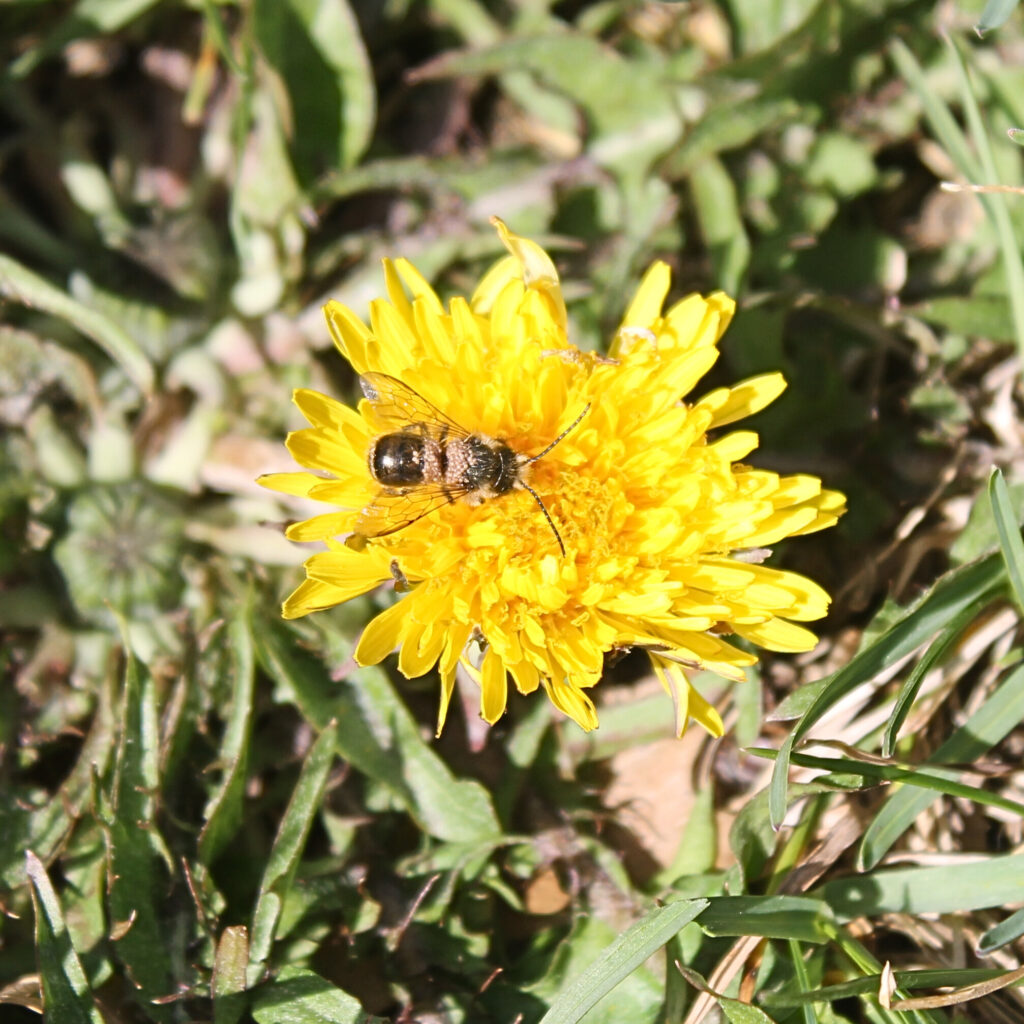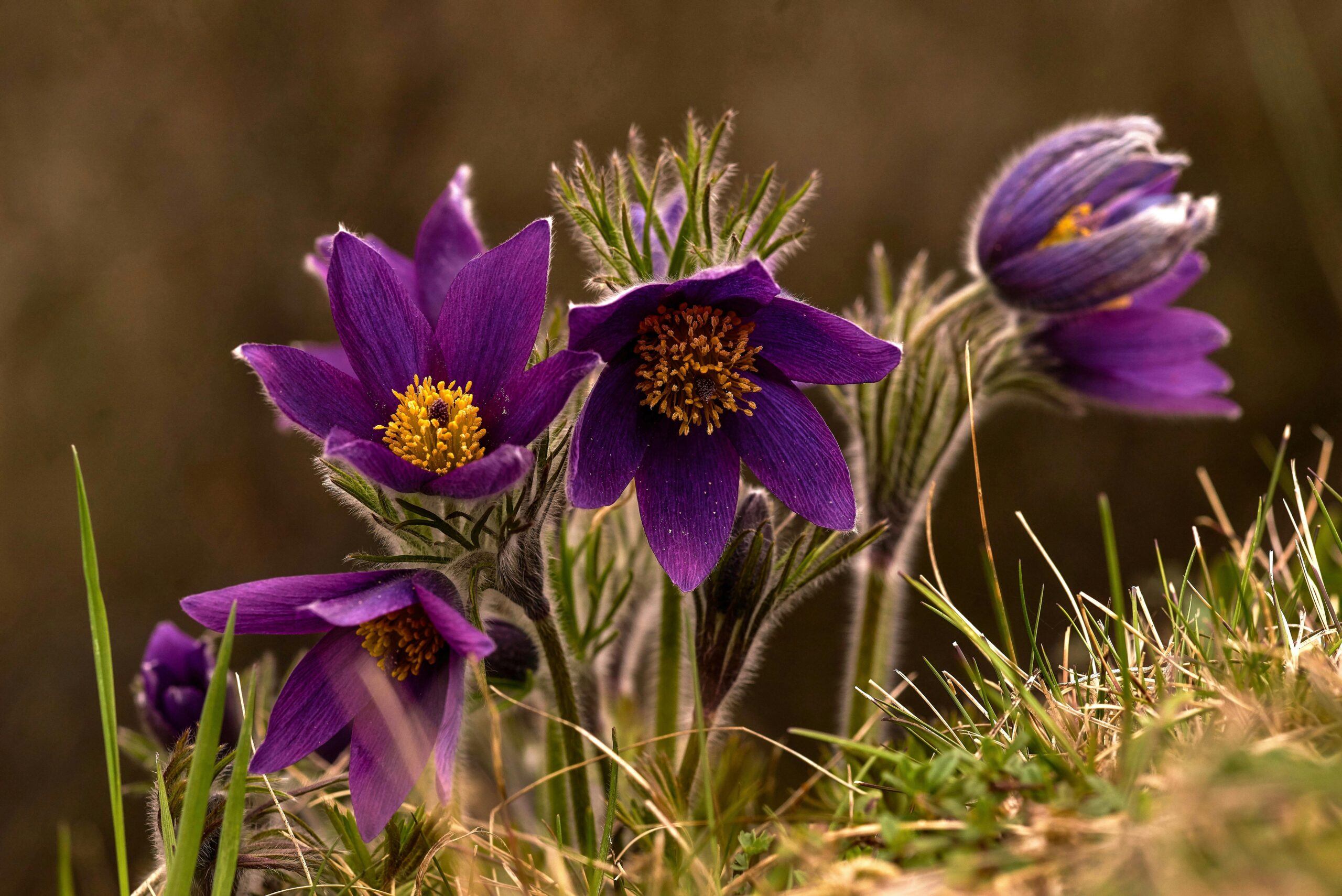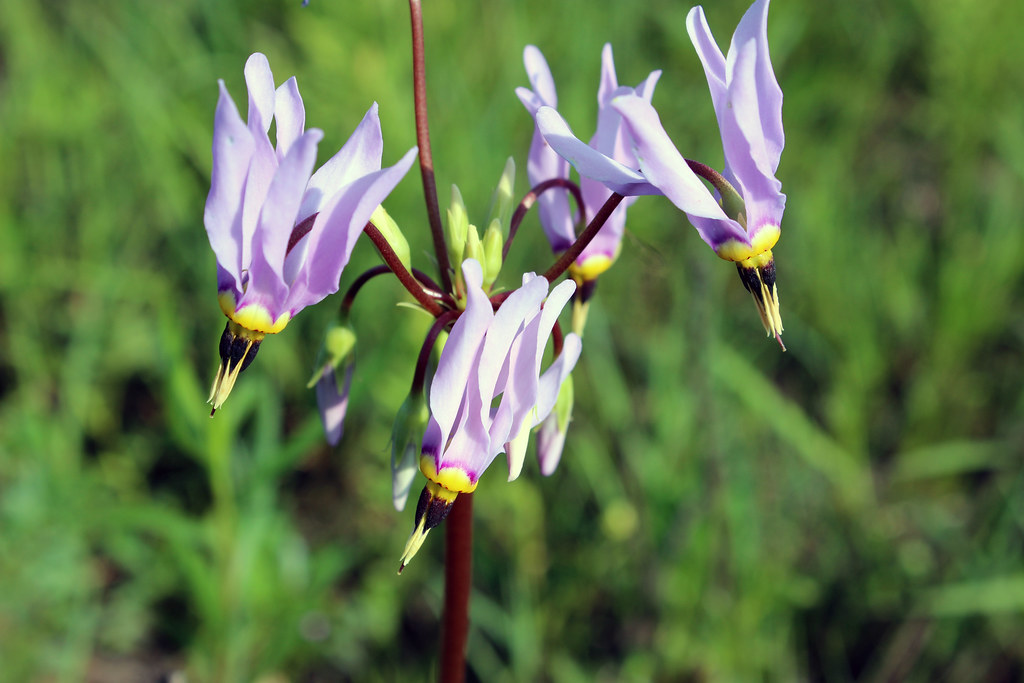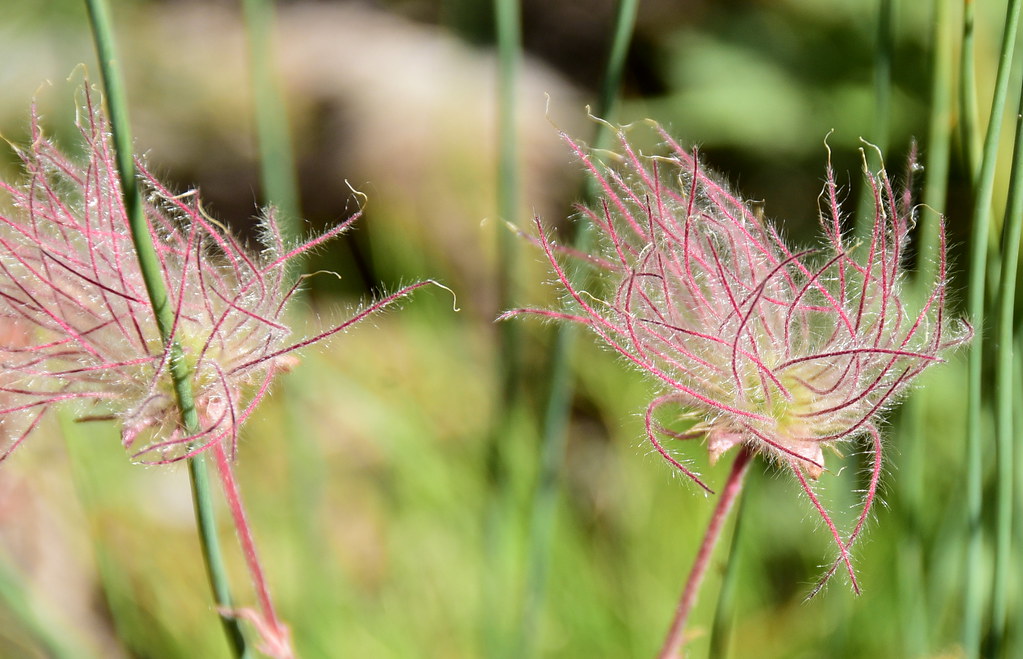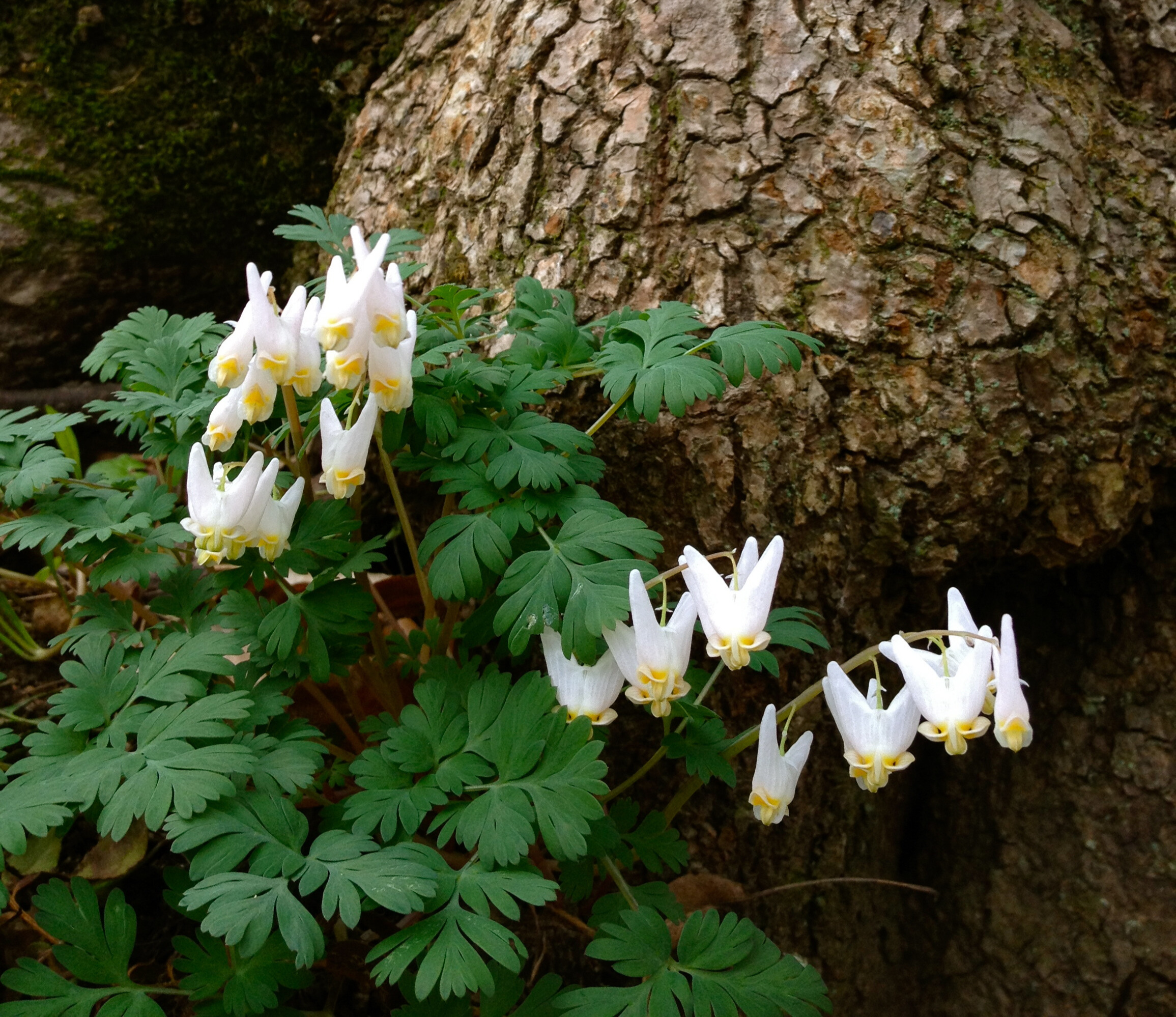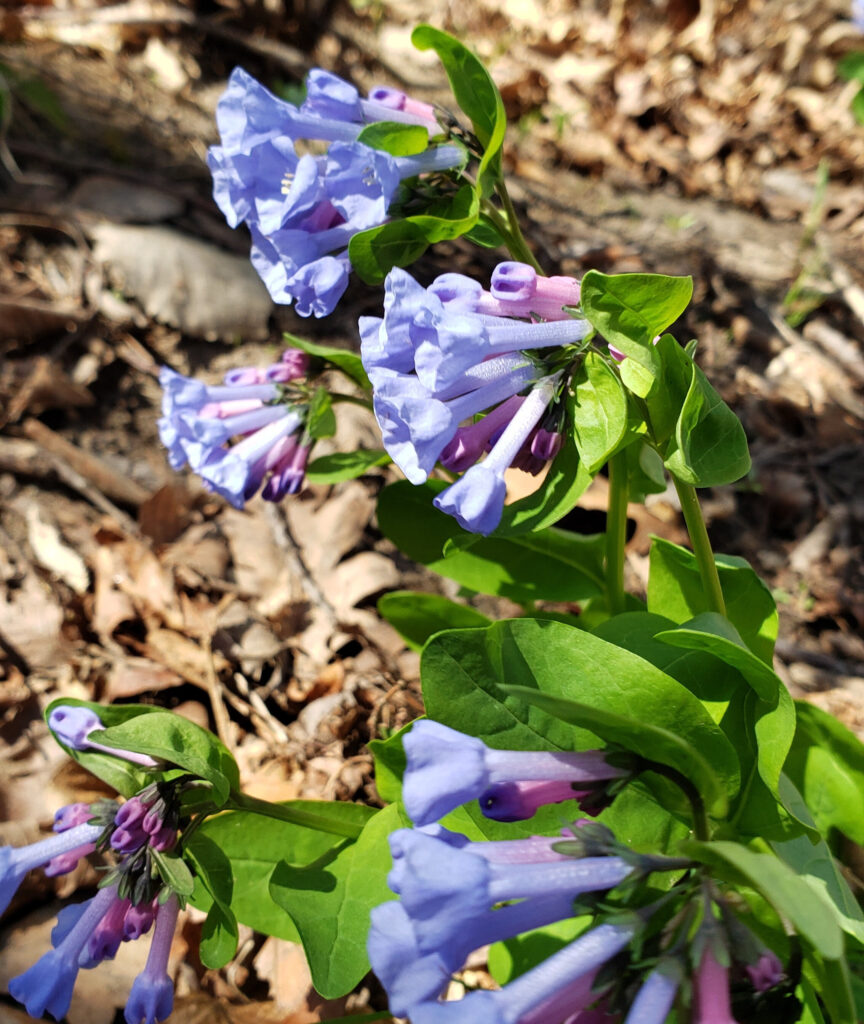You might think it is time to start cleaning up your yard and gardens. The sun has finally come out, and everything is starting to warm up. As little flowers start popping up all over your yard, you might be tempted to pull them, but don’t, or at least hold off for a little longer!
Did you know that there are over 40 million acres of turfgrass in the U.S., and roughly 2/3rds of that is home lawns. This contributes to the habitat loss that pollinators are facing. The least we can do is let a couple of weeds grow for a while.
Dandelions, Violets, Creeping Charlie, and Henbit are only a handful of blooming weeds that help provide critical nectar resources for pollinators! Leaving the weeds also helps reduce soil erosion and soil compaction. Once other plants and trees start flowering, and it is consistently 50°F or above, you can start getting your yards and gardens ready. This is when insects are out of diapause, something we would think of as hibernation, and there are plenty of nectar resources available.
If you don’t want to leave the weeds, but still want to help the bees, here is one alternative! You can plant native early spring blooming species! This actually helps pollinators more than just leaving the weeds because they provide more nutrients and nectar resources. Our native pollinators coevolved with these native Spring Ephemerals, meaning that they actually seek them out!
Below is a list of great species you could plant in your gardens or even in pots!
Pasque Flower Anemone patens
Sun: Full
Soil: Dry, native to Loess Hills area
Height: 6 inches
Bloom time: April, May
Plant in rock or dry prairie gardens, goes well with Prairie Smoke, Blue-eyed Grass, and June Grass
Shooting Star Dodecatheon meadia
Sun: Part Shade
Soil: Dry to Medium
Height: Up to 20 inches
Bloom Time: April, June
Grows in prairies and woodland edges, naturally found in high quality sites.
Grows well with Golden Alexanders, Wild Geranium
Prairie Smoke Geum Triflorum
Sun: Full
Soil: Dry to Medium
Height: 1 foot
Bloom Time: May, June
Plant in rock or dry gardens, goes well with Pussy Toes, Nodding Wild Onion, and Golden Alexander
Dutchman’s Breeches Dicentra cucullaria
Sun: Part Shade to Full Shade
Soil: Moist, well drained
Height: 4 – 12 inches
Bloom Time: April, May
Plant in rich soil that gets a lot of shade as this plant is a woodland species.
Virginia Bluebells Martensia virginica
Sun: Part Shade to Full Shade
Soil: Moist to Wet
Height: 1 – 2.5 feet
Bloom Time: April, June
They love sun in early Spring but need a shaded area as Summer begins. These plants transplant quite well, but not tolerant of sunny dry locations.
All in all, anything you can do to reduce pesticide use, create habitat and nectar resources, or increase nesting sites is a huge help in pollinator conservation. You don’t have to do a lot to have an impact on these small but mighty creatures.
I challenge you to take a walk around your yard, garden, or some green space. I want you to take it slow so you can notice all of the life that depends on the Earth. Look at all of the insects moving around, filling their niches. See all of the birds feeding on these insects and helping control populations. Notice the squirrels spreading the seeds of trees. Observe how the breeze moves the plants or how the plants move toward the sunlight.

